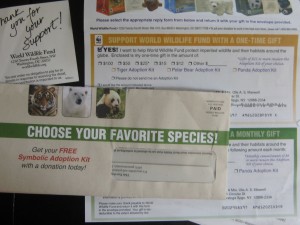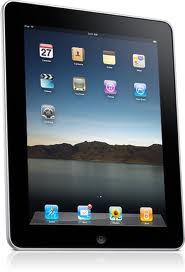There is plenty of research to suggest that, after the opening, the P.S. is the most-read element of a direct mail letter. Similarly, MarketingSherpa did an analysis of links within emails and that found that the number of clicks goes down with each successive link after the first one in the message—until the link at the very end, which is the second most-clicked link of them all.
We marketers have only ourselves to thank for this phenomenon: we’ve trained our readers to know that the end of the letter will have a recap of the offer and a direct call to action. If they don’t feel like reading, they can cut to the chase by going to the P.S. That’s why you should use the P.S. appropriately to give people what they are looking for.
The classic use of the P.S. is to recap the entire marketing proposition in a paragraph. St. Jude Hospital did that by adding this P.S. which, according to Herschell Gordon Lewis, produced a 19% increase in response with absolutely no other changes in the letter:
P.S. I hope that your own family never suffers the tragedy of losing a child to an incurable disease. At St. Jude, we’re fighting to conquer these killers, and one day someone in your own family may live because we succeeded.
You can also use the P.S. to:
- Tease the reader back into the letter, with a phrase that harkens back to something you said previously that of course they didn’t read: “Remember that limited time offer I told you about earlier? Well, here’s one more reason you shouldn’t let this opportunity get away…” Works well if you have a very rich, multi-part offer that you want to reveal in stages.
- Bring in one fresh benefit which is so powerful that it deserves its own showcase. Richard Potter did this in a way I love for a letter for AAA. It says something like: “I almost forgot! Respond now and you’ll get a FREE United States Map Book in addition to the member savings I mentioned earlier.”
- Fire your twin guns of “act now before it’s too late” and “with our no-risk guarantee there’s no reason not to say yes”. Putting these strong closing statements in the P.S. serves a double purpose: they seal the deal with somebody who has stayed with you throughout the letter, and they make a compelling argument to someone who has just started reading.
Are there letters that shouldn’t have a P.S.? Perhaps. “Real” business letters don’t have them, of course, and if verisimilitude is important then maybe you want to close with the signature. Also, a very short letter has less reason for a P.S. But the P.S. is powerful. Don’t give it up without serious consideration.
Excerpted from my new book, Copywriting that Gets RESULTS! Get your copy here.

